How a Wetsuit Keeps you Warm
As the winter approaches, it's important that you have the appropriate wetsuit to wear, to ensure that you remain warm in the cold conditions. There are a lot of features within a wetsuit that play a pivotal role in keeping your body temperature at a 'normal' level. However, arguably the most important element of a wetsuit (in terms of keeping you warm) is the lining.
Wetsuit lining has unmistakingly seen the most technical advancement over the years with surf brands creating their own versions of what they believe to be the best.
Entry-level wetsuits will use a polypro lining. The polypro lining can be determined by the low pile - meaning the closer it is to your skin, the fabric/material isn't too fluffy, allowing water/moisture (which can become cold) to be pulled away from your body. At the same time the fabrics used will generate just enough heat to keep your body warm. You will often find that polypro lining is found round the core area - your chest, stomach panels and/or the back.
Shop the Mystic Drip for polypro lining.
One of the most advanced mid-high level thermal lining system within a wetsuit would have to be the Rip Curl Flashlining. With the most up-to-date being the E5 lining. It's the most low profile lining ever created by Rip Curl. It used to be relatively fluffy, but has been pulled back in the latest version, to make it less heavy when it's wet and to keep the wetsuit lighter. The E5 lining pulls the water straight from your body and because of the quick drying fabric used, your body will maintain its heat. Plus, it flushing system is second-to-none, so you know there's going to be no extra fluid within your wetsuit.
Shop the Rip Curl Flashbomb for E5 lining.
Up there with quality lining technology is the Billabong Furnace Lining. It used both a polypro lining and a plush lining. The 'brain pattern' (polypro) used is done so deliberately as it acts as a channel to push the water out the bottom of the wetsuit. While the plush lining keeps the body warm. It should be noted that with Billabong and Rip Curl lining, because they are both mid/high-end wetsuits, the thermal lining will be throughout the whole body. However, when it comes to top-end high-performance wetsuits used by professionals, the lining will often be taken out in the arms and around the chest, to allow for more freedom when paddling.
Shop the Billabong Furnace Revolution for Furnace lining.
There is one exception regarding high-end wetsuits when it comes to the lining system being plush - and that's O'Neill. They use a hydrophobic lining, meaning that any water that comes into contact, is immediately flushed out of the wetsuit. There is no fleece lining inside to trap the air. The reason O'Neill do this is because the neoprene used is made with larger air cells (similar to insulation in the house) which allows you to be warm in the first place.
It should be noted as well that O'Neill opt for no lining at all within some of their wetsuits ranges - such as the Hyperfreak. The reason for this is that it allows for complete stretch when paddling so you don't tire as much.
Shop the O'Neill Psycho Freak for Techno Butter 3 lining.
At the end of the day you need to consider what is right for you and what you prioritise. If you want to remain warm and don't care so much for flexibilty, then obviously a wetsuit packed with thermal lining throughout is the right choice. However, if you prefer to have a lot more freedom of movement, than a wetsuit with minimal (or no) thermal lining will ensure you don't get as tired when paddling.
Hot tip: The more expensive the wetsuit, the better the thermal lining is going to be.
---
Shop our full range of wetsuits here.
@wetsuitoutlet
Updated on 3rd March 2020
Originally published on 29th November 2018 in Wetsuit Guides













































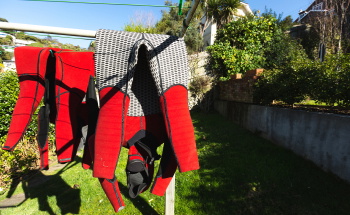
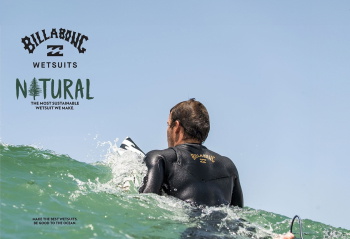

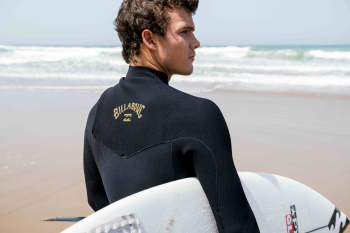

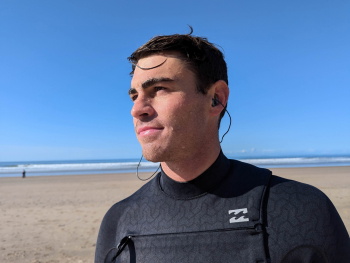
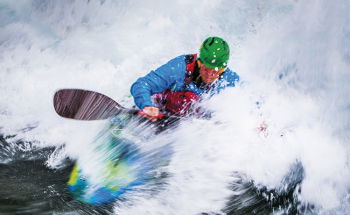
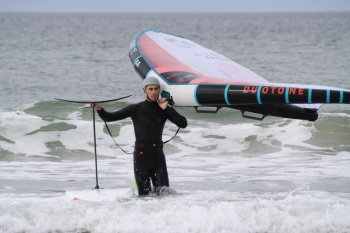

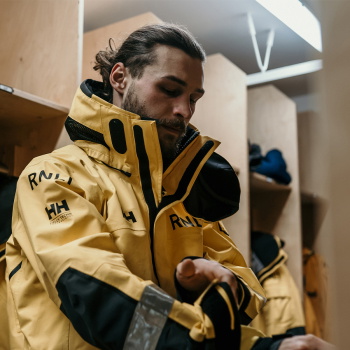
 Visit the US site
Visit the US site  Continue to ES
Continue to ES